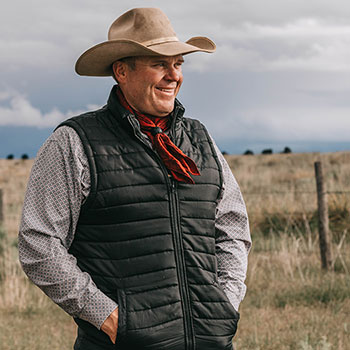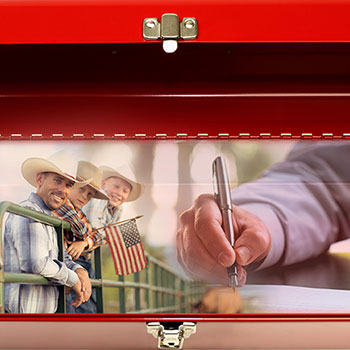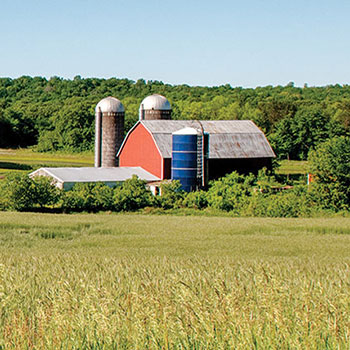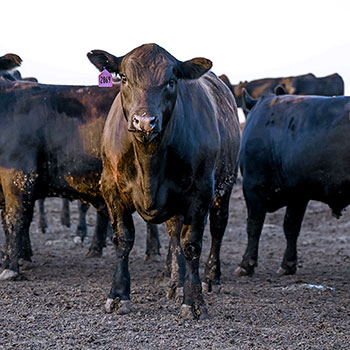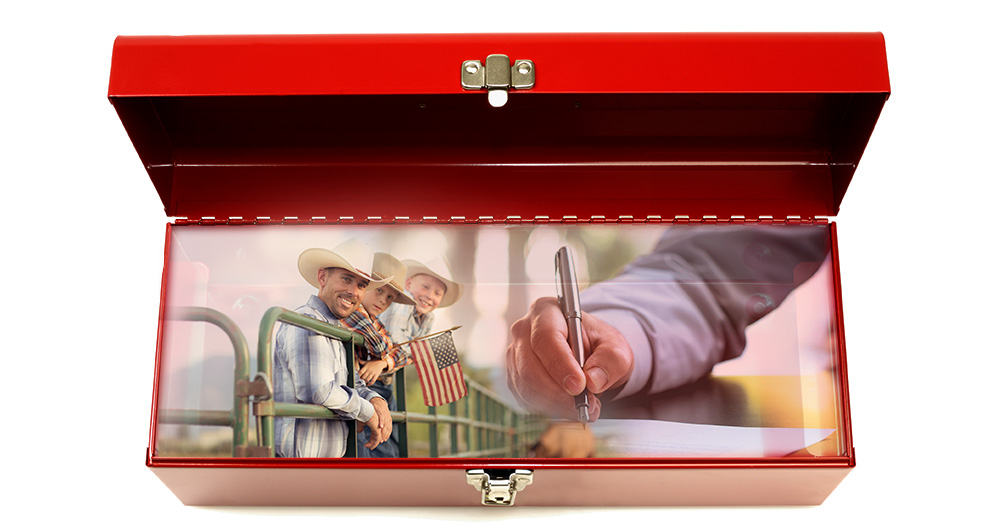
Estate Planning Toolbox
Pointers on choosing the tools you need in the estate planning toolbox.
Estate planning is not something you can do on your own. It requires tough conversations with family or business partners, and it also needs a team of professionals with lawyers, appraisers and certainly CPAs. Admittedly, it’s not a fun process, but it is of utmost importance.
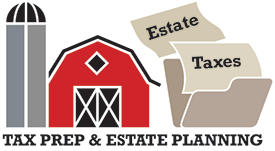
So, you’ve come up with a rough idea of how you want to move forward and the objectives for generational transfer. Now what do you do? Paul Neiffer, principal at CliftonLarsonAllen, highlights some tools you can use with your CPA on structures for farmland transitions.
Before he starts with scenarios, he warns, “Every person’s, every couple’s, every ranch’s situation is a little bit different. An estate plan is not a static document. It is not something where you put it on paper, then you stuff it in a drawer and you dust it off every 20 years. Really, an estate plan needs to be reviewed once a year or every two years, especially when we have major tax changes. Things change. Family dynamics change.”
Part gift, part sale strategy for one heir In many cases, Neiffer says many operations have low basis, meaning a smaller capital investment in land. Anyone trying to get into the business now can attest that land prices are through the roof. So, with this, he said an operation may have originally paid about $200 per acre, and those acres could now be worth $8,000-$10,000 each or more.
In this example, Mom and Dad want to transfer the operation to the son or daughter and take a steady stream of retirement income — an annuity payment. The benefit behind selling it and gifting it is because the owner(s) can gift up to $15,000 to anyone, without reducing the donor’s $11.40 million estate tax exemption or triggering the gift tax.
So, let’s say the full appraised fair market value is $9,500 per acre, but Mom and Dad are willing to sell it at a discount to family at $5,000 per acre. This results in a $4,500 gift. The tax basis — the original value per acre — was $1,000, so there is just a $4,000 gain on which taxes must be paid.
Neiffer adds that it is incredibly important to have a qualified appraisal done to prevent the Internal Revenue Service (IRS) attacking the amount of the gift. If a third-party qualified appraisal is done, then the IRS only has three years to dispute the value.
This also lets family members lock in a low interest rate on an installment note. While the actual percentage can vary by month of sale, long-term IRS Applicable Federal Rate (AFR) rates are still very low, he says.
LLE to transfer to farming entity To ensure documents reflect what each generation wants, he suggests forming a limited liability entity (LLE). This could be a limited liability company, partnership or corporation. However, he strongly warns against putting land in a corporation.
Putting land in a corporation is very much like the Eagles’ song “Hotel California.” It’s easy to check in but it’s impossible to leave. You can’t take it out tax-free until you die.
An LLE is a structure that requires communication, and that could be the best thing about it, he says. It also provides centralized management, provides structure on farm ownership that has separate shareholders and prevents partitioning the land, facilitates gifts more easily than multiple deeds, and includes binding mediation/arbitration language if a dispute arises. Of course, there are fees to expect, such as legal costs of drafting the document, appraisal fee for land valuation and discount valuation, IRS valuation disputes, annual partnership tax return and proper allocation of any cash distributions each year.
Using the LLE to transfer the land with a farming successor, he provided an example in which the parents are in their 70s and have 1,400 acres of land. The net worth is about $13.5 million. There are three adult children, all married with children. The farming successor — Junior — owns the active farm assets, the inventory and machinery. Mom and Dad are retired landlords, and the land is cash-leased to Junior. The objective is to hold the land together and assure Junior has access to lease and buy land.
With the LLE, Neiffer says to define Junior as having the first right to lease and define terms, and define the right of Junior to purchase land parcels from the partnership in seller-financed terms (that makes Mom and Dad the lenders). He adds that voting units could be split into three, held by Dad, Mom and Junior. At the second parent’s death, then one unit goes to Junior and one to a non-farm child. This lets Junior have two out of three votes, but leaves one child to monitor compliance with the LLE document. This ensures emotional and financial buy-in by each child.
Buy-sell provisions
These are available if family changes, such as death or divorce, occur. An owner may be contractually obligated to offer to sell the business interest to the entity or other owners upon certain triggers. Entity or other owners have the option to buy that owner’s interest, or have the first right of refusal. An owner may have the right to require the entity to buy that owner’s option, called a put option.
Triggering events include divorce, bankruptcy, attempt to sell interest to an outsider, pledging ownership interest as collateral, competing against the business, involuntary termination of employment (the preceding in this list are default triggers), death, permanent disability, retirement, and voluntary termination of employment.
The purchase price may be lower if a default event triggered the sale. Remember that the price set in a buy-sell agreement is not necessarily binding on the IRS for valuation purposes.
A farm owned by an entity will need two values: an appraisal of the farm land, improvements, equipment and assets; and the business valuation to determine the value of an interest in the entity with appropriate discounts. There is no guarantee the IRS will accept a valuation, so Neiffer says the best practice is to rely on independent professional business valuation.
Just remember that an old and outdated buy-sell agreement can be worse than no agreement at all, he warns.

